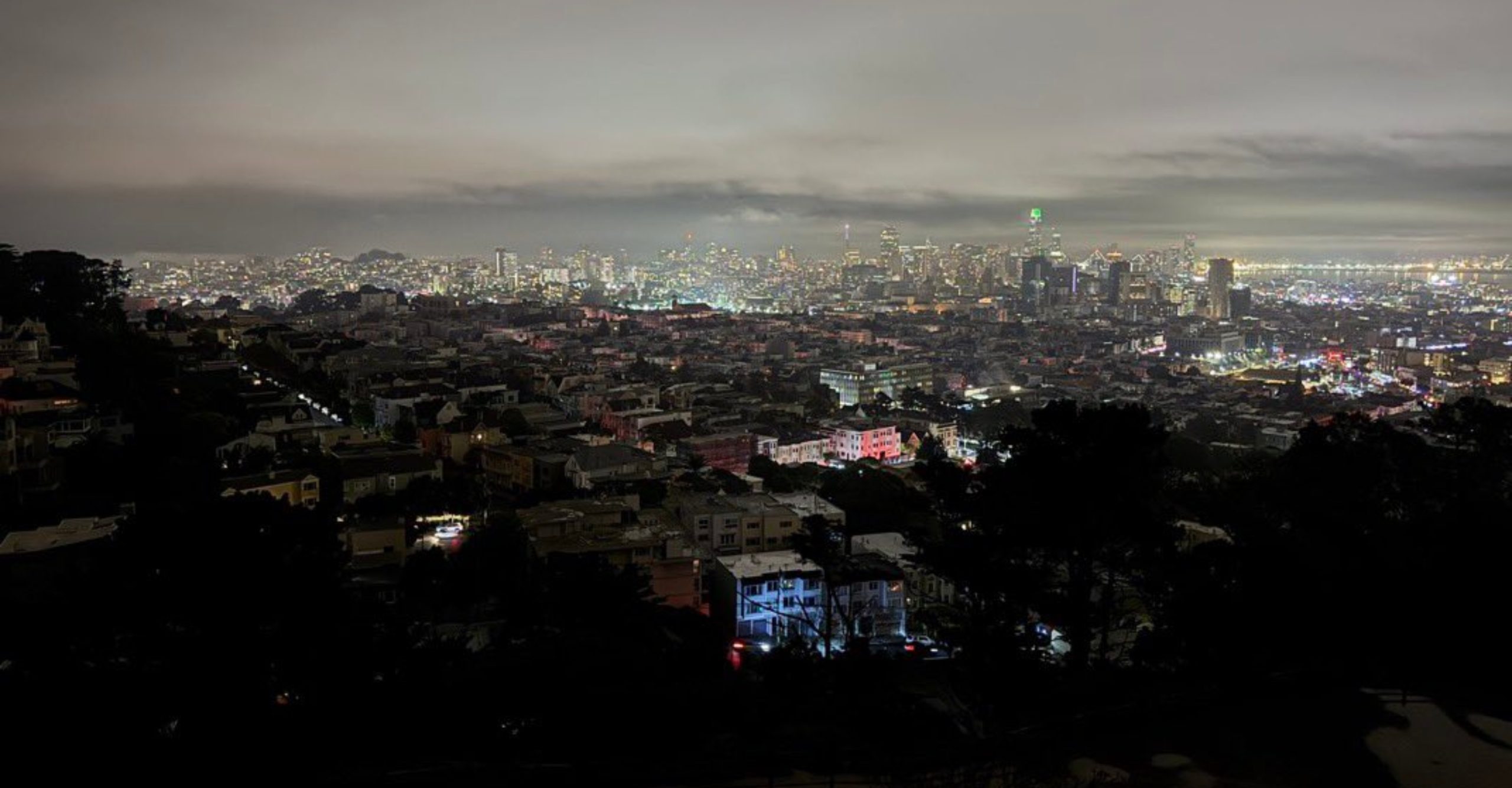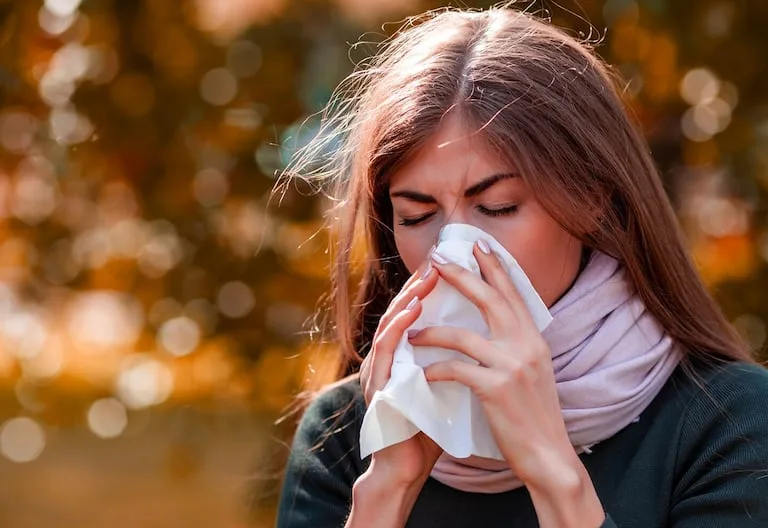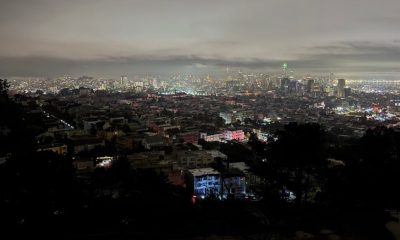International
The piangua, the mangrove mollusk that empowers women in the Colombian Pacific

When the low tide in the Colombian Pacific, a group of women put on rubber boots, take a raft and enter a mangrove forest to collect the piangua, a mollusk that, in addition to providing food to their families, empowers them and gives them a voice in their territory.
They are in the community of La Plata, in the heart of the Uramba-Bahía Málaga National Natural Park, and they have just six hours to work before the sea rises again. Stuck in the mud they sing to liven up their days and regardless of the sun or rain they fill their containers with this mollusk similar to the mussel with which they prepare delicious recipes.
“It is a very important ancestral activity because it allows us to have economic sustainability as women, to be a symbol of resistance to cultural traditions and to take care of our gastronomic traditions,” Matilde Mosquera Murillo, legal representative of the Raíces Piangüeras Association.
Mosquera, 27 years old and a sociologist by profession, took on the challenge of leading that organization created in 2019 and has managed to bring together more than 70 women who are dedicated to this profession in the Community Council of La Plata-Bahía Málaga, where they play a fundamental role in conservation.
“We monitor mangroves, because we know the importance they have in the ecosystem, they are the cradle of thousands of species. We also make every process sustainable so that all the initiatives we lead allow us to take care of nature,” Mosquera insists.
International recognition
Their work already has international recognition and since 2023 they have held the ‘Meeting of Women of the Colombian Pacific’. In the first edition they asked the National Government to advocate before UNESCO to declare the piangüeo as Intangible Heritage of Humanity.
“We believe in the need for a political strengthening of women, that our voice is heard and that we are part of the decisions that are made in the country so that we have votes in public policies and that they recognize our ancestral work in the world,” she adds.
The environmental richness of the La Plata archipelago is enormous and its 32 islands and islets are the habitat of 1,396 species of birds, reptiles, mammals and felines, as well as 60 classes of frogs, 25 of lizards and 52 of snakes.
There are also eight species of sharks, 22 rays and 348 of fish that have six types of mangroves as their home: red mangrove, born mangrove, ped mangrove, button or button mangrove, bobo mangle and feeder mangle.
Unity and awareness
According to Santiago Valencia, leader of the Community Council of La Plata-Bahía Málaga, women use a ‘piangüímetro’, a tool that works as a rule that allows them to measure the mollusk when it has already passed its reproductive stage.
“Their organization is as strong as the roots of the mangrove and they even come together to reforest when they see it necessary. This unity has made them look for other alternatives because they see that everything is possible and today they see themselves as what they are: powerful women, businesswomen and nature lovers,” says Valencia.
Currently, women piangüeras work in the search for resources that allow them to access studies to improve and strengthen their processes.
Some of them have already created other ventures for the manufacture of ointments based on medicinal plants from the jungle, ancestral drinks and even think about packing the piangua in a vacuum to export it to other countries.
“When we go to the mangrove we sing as a symbol of power, to express our feelings, it also serves to harmonize our activity and understand that we are important; we will leave this inheritance to our children and it will continue for generations,” concludes Mosquera.
International
Fire at substation triggers major blackout in San Francisco

The U.S. city of San Francisco was plunged into darkness Saturday night after a power outage left about 130,000 customers without electricity, although the utility company said service was restored to most users within hours.
Pacific Gas & Electric Company (PG&E) said in a statement posted on X that nearly 90,000 homes had their power restored by 9:00 p.m. local time (05:00 GMT on Sunday), while the remaining 40,000 customers were expected to have service restored overnight.
Large areas of the city, a major technology hub with a population of around 800,000, were affected by the blackout, which disrupted public transportation and left traffic lights out of service during the busy weekend before Christmas, a crucial period for retail businesses.
“I know it’s been a difficult day,” San Francisco Mayor Daniel Lurie said in a video posted on social media from the city’s emergency operations center. “There has been progress, but for those still without power, we want to make sure they are safe and checking in on their neighbors,” he added.
Lurie said police officers and firefighters advised residents to stay home as much as possible. He also noted that officers and traffic inspectors were deployed to manage intersections where traffic lights were not functioning.
The mayor confirmed that the outage was caused by a fire at an electrical substation. Parts of the city were also covered in fog, further complicating conditions during the incident.
As a result of the blackout, many businesses were forced to close despite it being the weekend before Christmas. The sudden drop in shopper traffic ahead of the holiday is “devastating” for retailers, the manager of home goods store Black & Gold told the San Francisco Chronicle.
International
Cristina Kirchner recovering after appendicitis surgery in Buenos Aires

Former Argentine President Cristina Kirchner underwent surgery on Saturday after being diagnosed with appendicitis and is recovering “without complications,” according to a medical report released by the Otamendi Sanatorium.
Kirchner was admitted to the Buenos Aires medical center on Saturday after experiencing abdominal pain. Doctors performed a laparoscopic procedure that confirmed a diagnosis of “appendicitis with localized peritonitis,” the statement said, adding that her post-operative recovery has been progressing without complications.
The former president was transferred to the clinic with judicial authorization from her apartment in Buenos Aires, where she is serving a six-year sentence under house arrest for corruption.
International
Argentina detects first local cases of Influenza A (H3N2) Subclade K

Argentina’s National Administration of Laboratories and Health Institutes (ANLIS) “Dr. Carlos G. Malbrán” has confirmed the detection of three cases of influenza A (H3N2) corresponding to subclade K in the country. These are the first locally recorded cases of this variant, which has become predominant in several countries in the Northern Hemisphere in recent months and is associated with higher transmissibility.
The cases were identified through the National Network of Laboratories and Sentinel Units and confirmed by the National Reference Laboratory of INEI-ANLIS using genomic sequencing techniques. According to health authorities, the cases involve two adolescents from the province of Santa Cruz, detected as part of the Ambulatory Monitoring Strategy for Acute Respiratory Infections, and a child who had been hospitalized in the Autonomous City of Buenos Aires.
In all three cases, patients experienced mild illness and recovered without complications. Officials did not specify whether any of the affected individuals had a recent travel history.
The jurisdictions involved have already launched the corresponding epidemiological investigations and are responsible for ensuring timely medical care for the detected cases. According to the latest integrated surveillance report, the circulation of influenza and other respiratory viruses in Argentina remains within expected levels for this time of year.
-

 International3 days ago
International3 days agoShakira’s El Salvador concerts sell out in hours, fans demand more dates
-

 International2 days ago
International2 days agoPentagon confirms Trump pick for SouthCom as U.S. military pressure grows
-

 International5 days ago
International5 days agoRubio rules out 2028 presidential bid if Vance runs
-

 Central America5 days ago
Central America5 days agoArrests and clashes in Tegucigalpa as vote count continues after Honduras election
-

 International3 days ago
International3 days agoTrump moves to reclassify marijuana as less dangerous substance
-

 International2 days ago
International2 days agoArgentina detects first local cases of Influenza A (H3N2) Subclade K
-

 International1 day ago
International1 day agoFire at substation triggers major blackout in San Francisco
-

 International5 days ago
International5 days agoAuthorities search for armed and dangerous suspect in fatal Brown University attack
-

 International1 day ago
International1 day agoCristina Kirchner recovering after appendicitis surgery in Buenos Aires




























